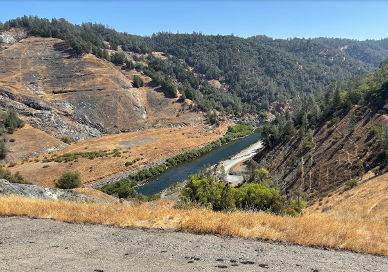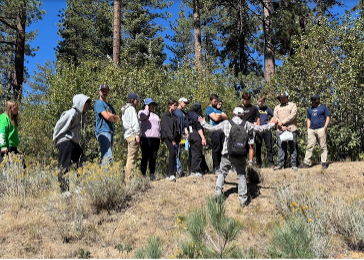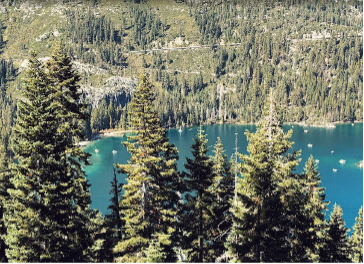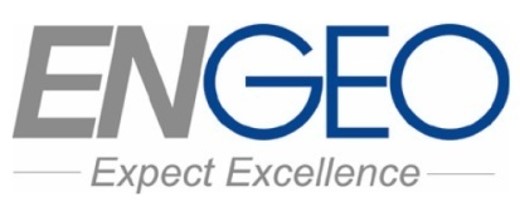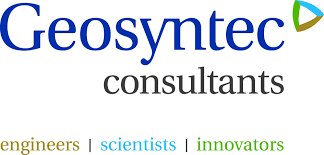Engineering Geology Class Field Trip to the Sierra Nevada
Oct 13, 2025
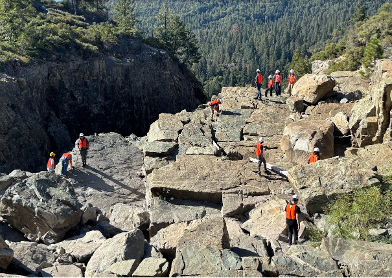
Students in the CE281 Engineering Geology class embarked on the annual Sierra Nevada field trip on September 26 and 27, 2025. This was a two-day exploration through some of California’s and Nevada’s most geologically significant sites. The trip was a great opportunity for the students to get hands-on learning on the unique regional geology and rock formations, and how these shape and affect the geomorphology of the area and major infrastructure works. Furthermore, it provided a great setting for the students to connect, bond and collaborate outside the classroom.
The field trip stops included:
-
Auburn Dam Site, Auburn, CA: A unique opportunity to experience a dam site, without the dam! Once envisioned as a major dam on the American River, construction was halted in the 1970s following the discovery of nearby active faults and growing environmental concerns. This field trip stop provided an ideal setting to discuss dam design, active faulting, and seismic hazard.
-
Spaulding Dam and Spillway, Nevada City, CA: Students toured the dam and spillway structures, and were accompanied by engineers from the East Bay Municipal Utility District (EBMUD). Discussions centered on spillway design, field measurements of tectonic joints, and hydraulic plucking of fractured rocks.
-
Kingsbury Grade, Kingsbury, NV: A key stop for examining the complex geological processes of the region, the diverse rock formations and how these are applied in real world rock slope stability problems. Students analyzed spheroidal weathering, saprolites and real-world examples of stabilization techniques used along the grade.
-
Genoa Fault, Genoa, NV: The Genoa Fault is a normal fault that marks the boundary between the Sierra Nevada block and the Basin and Range Province. At this stop, students explored how tectonic evolution has shaped the geography of Western USA, and they had the opportunity to make field measurements on the fault.
-
Burke Creek, Stateline, NV: During this stop, Jacques Landy from the Environmental Protection Agency (EPA) introduced the Lake Tahoe Clarity Restoration Project, an interdisciplinary effort to preserve one of the clearest alpine lakes in the world and its characteristic blue waters. He interacted with the students while presenting the causes of clarity deterioration in the lake and the restoration efforts of the past decades.
-
Inspiration Point, Emerald Bay State Park, CA: Overlooking the characteristic blue waters of Lake Tahoe, this stop offered an opportunity to discuss the glacial history which forms the landscape of Lake Tahoe. Students learned about U-shaped valleys and moraines, and the processes that formed and continue to shape Lake Tahoe.
Students camped at Zephyr Cove, Lake Tahoe, where they set up tents, cooked together, and gathered around campfires, sharing stories, experiences and some good laugh, fostering camaraderie within the group. Thankfully, no bears were encountered this year!
The trip was supervised by Professor Robert Kayen and GSI Andreas Kalyvas, who guided the students through discussions on geological processes and how these affect engineering design.
